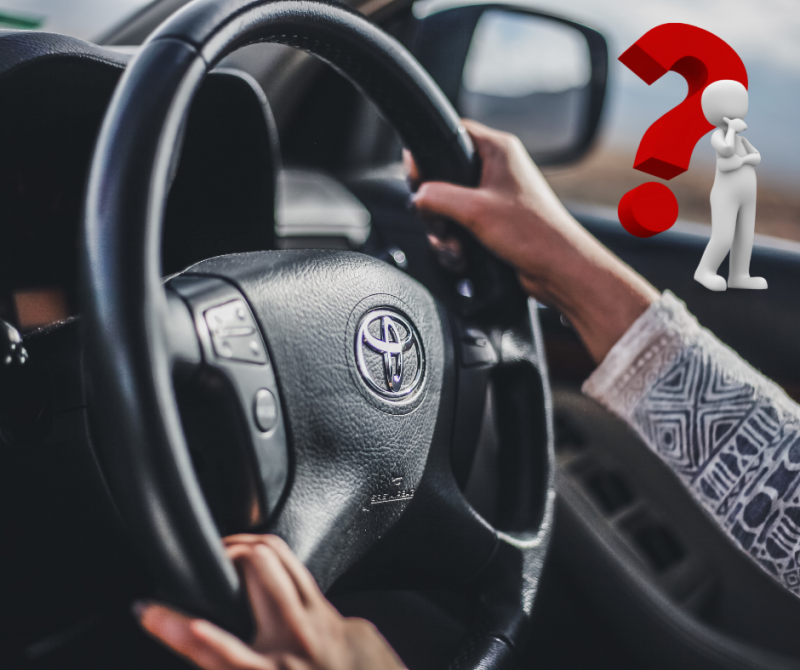What type of driver are you?

Here is a personality description for drivers to help discover their knee-jerk reactions to the challenges encountered on the road. Psychologists at the London School of Economics and Political Science (LSE) teamed up with Goodyear and discovered seven types of driving personalities: teacher, know-it-all, competitor, punisher, philosopher, avoider, and escapee.
Knowing how your process information as a driver can make you aware of your strengths and weaknesses which, in turn, can make you a safer driver. Remember, though, most people will have aspects of all seven types, and some may exhibit one dominant type but show traces of other in a low or high-stress situations. The following is a basic description of the seven types of drivers:
The Teacher
Teachers feel the need to, well, teach. They like educating their fellow drivers and then expect said drivers to thanks them for their efforts. Running across a teacher can prove irritating to some and tends to increase road rage.
The Know-it-all
These drivers (think they) know best and will happily scream at others drivers to let them know it. This can lead to aggressive driving and road rage.
The Competitor
These drivers will race you to a red light. Life is their race and they will keep you from switching lanes or hit the gas if you try to pass them. This can also lead to aggressive drivers and road rage.
The Punisher
As the name suggests, these drivers make it a goal of punishing drivers who misbehaved on the road. Some punishers will even chase you down to make sure you receive a proper chastising, which can turn into some dangerous driving.
The Philosopher
A more passive driving personality, philosophers remain calm and collected. Bad driving directed towards them is not taken personally and the driver views the road in a rational manner.
The Avoider
An avoider views other drivers as a hazard to be avoided. Foot hovering over the brake, these defensive drivers say neutral and on guard.
The Escapee
These drivers escape the road’s frustrations through distractions, like cranking up the music or chatting with a hands-free device. This can lead to distracted driving, which has consistently proved dangerous.





















